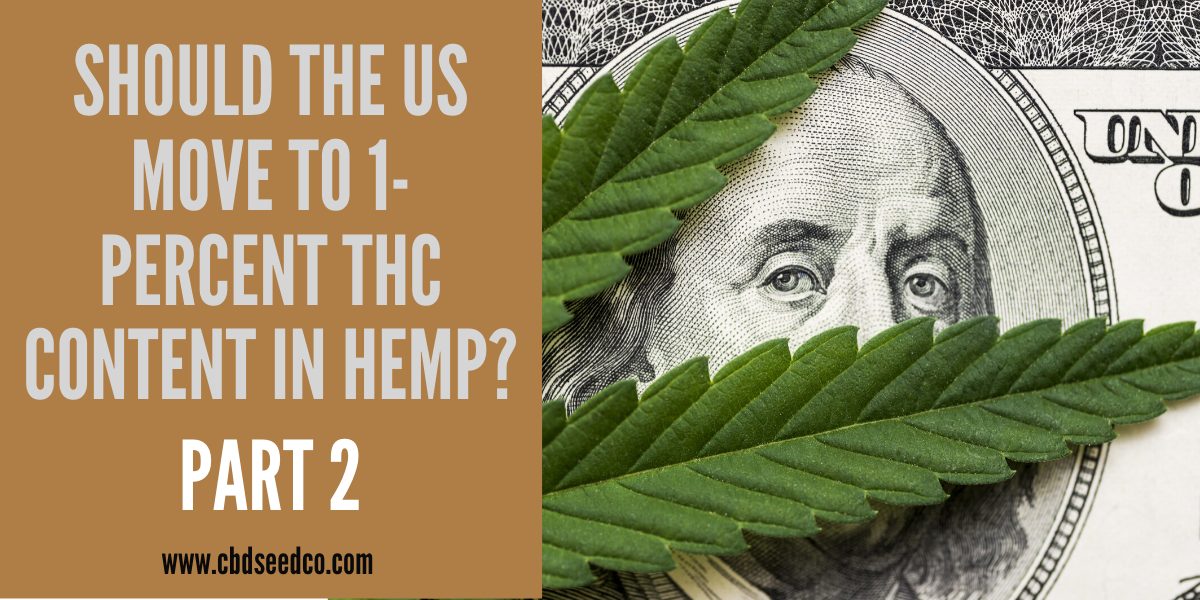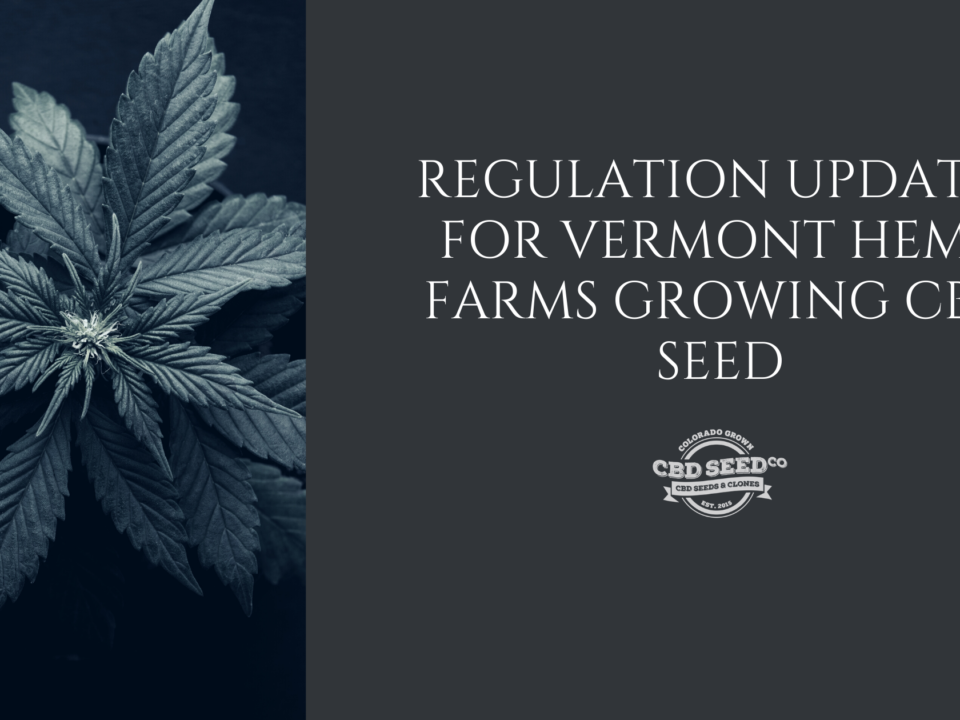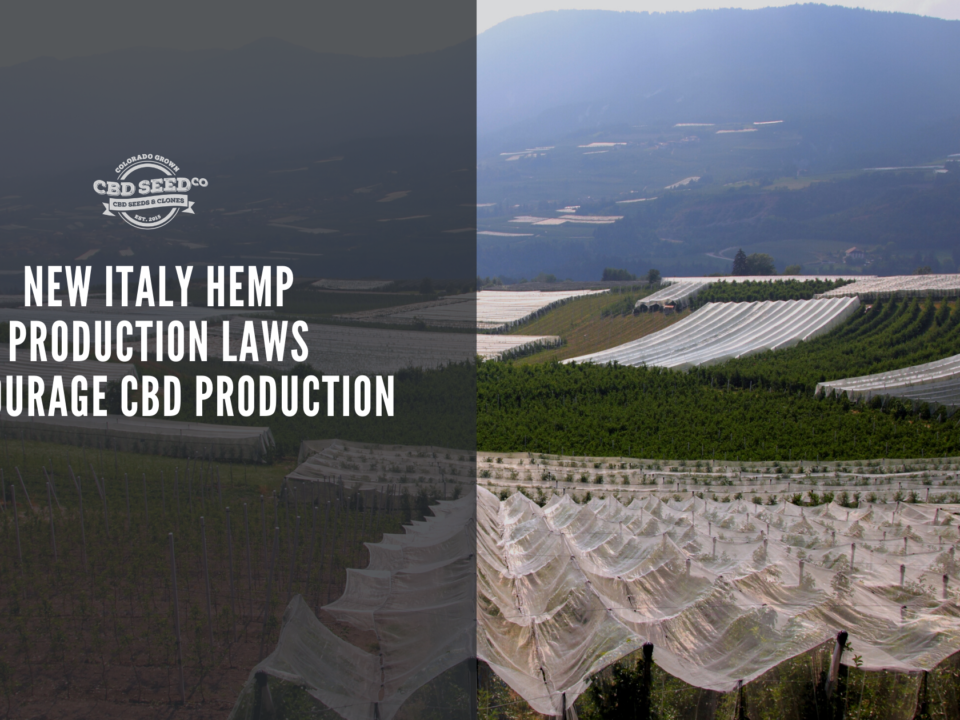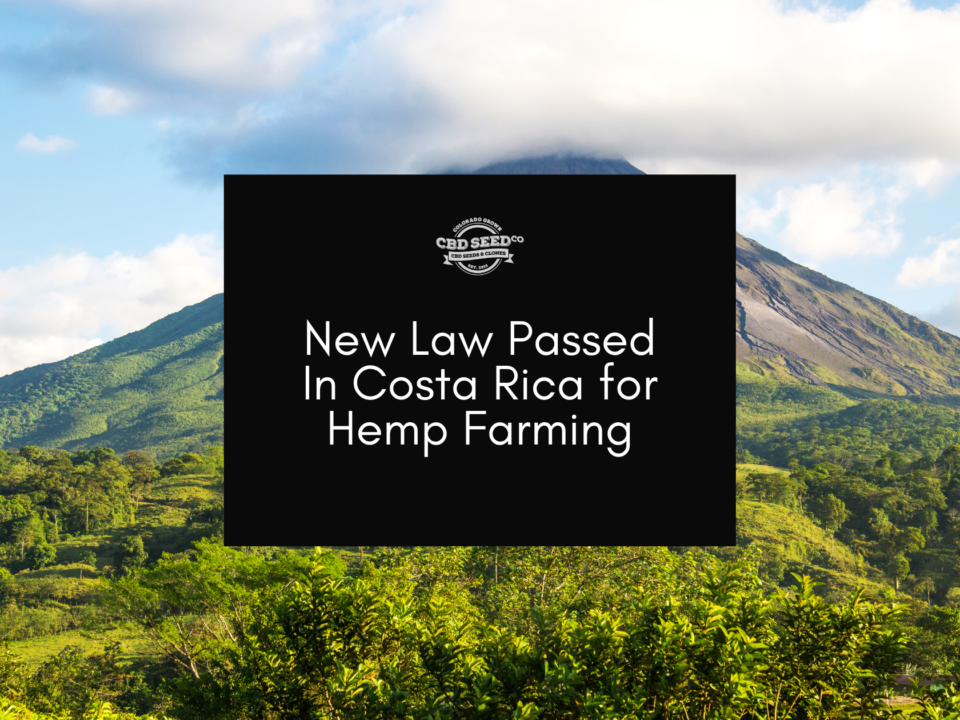Should The US Move To 1% THC Content in Hemp?: Part 2

Should The US Move To 1% THC Content in Hemp?: Part 1
February 28, 2020
Should The US Move To 1% THC Content in Hemp?: Part 3
February 28, 2020As it stands the US has begun loosening restrictions on hemp and nearly every state is getting ready for full-scale industrial hemp production. So, isn’t the .3% THC rule already a good thing for US farmers?
Absolutely.
How .3% Hemp Production Has Already Helped US Farmers
By allowing cultivation of hemp with a .3% THC content, the US has begun a long, but achievable road to catching up with hemp farming and manufacturing around the world. Also, studies on the efficacy of the highly touted drugs made from CBD are well on their way. If even a small percentage of the hype is real–many people may find relief from ailments in CBD derived from hemp. More to the point, it could be a big boon to US manufacturing. Plastics, fabrics, Hempcrete and numerous other incredible materials and products can now be produced in the US.
Will The US Be Able To Compete Globally in Hemp Farming and Manufacturing?
With any luck and the ingenuity that we Americans are known for, this could inject our economy with a wave of jobs, and goods for export. Since in other countries hemp was never banned, we were effectively a few decades behind in developing hemp medicines and industrial goods. This puts the US squarely behind, in an industry that currently makes almost USD 5 billion per year worldwide and is slated to sky-rocket to USD 25 billion by 2025 (that’s only five years away!). Therefore, allowing hemp of less than .3% is a huge step in the right direction. But, even with this, could the United States be hamstringing itself once again by sticking so stringently to .3% T seed? A number with no real connection to getting high? This may be the case and the reason for this is the hemp laws already in place in other countries.
What Are Legal THC Percentages Around The World For Industrial Hemp?
The reason we must look at the legal percentages of THC in hemp around the world is, as you will see, it still leaves the US trailing behind. In the EU the percentage is actually lower at. 2%. But that may change soon. A 1% standard is more widely adopted by most countries/entities including Ecuador, Uruguay, Switzerland and Australia and the UN. And things are changing fast. As it looks now, this could very well become the new norm, if not standard, worldwide. Furthermore, even in countries where the THC percentage is the same or lower than the US–enforcement is low to non-existent. This frees up countries, like the EU and China, to edge ahead while the US, a heavily regulated and strictly enforced country, gets left behind. So how can the US, already trailing behind in hemp production, do to get and stay ahead? Change the rule to 1% in the US post haste. Read more about this in Part 3 of our “Should The US Move To 1% THC Content in Hemp” blog
And
For more information on fine CBD seeds that are guaranteed to be below .3% T contact CBD Seed Co today!





